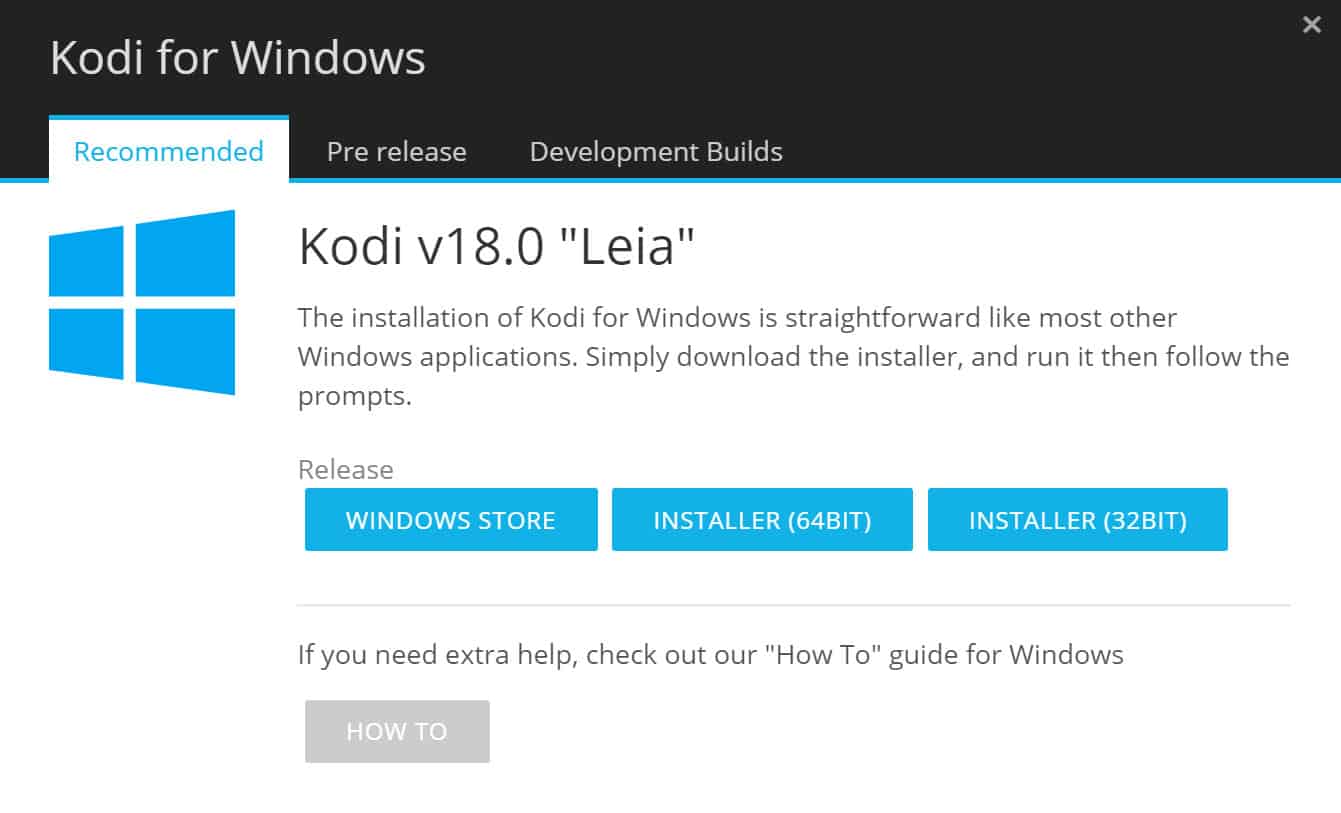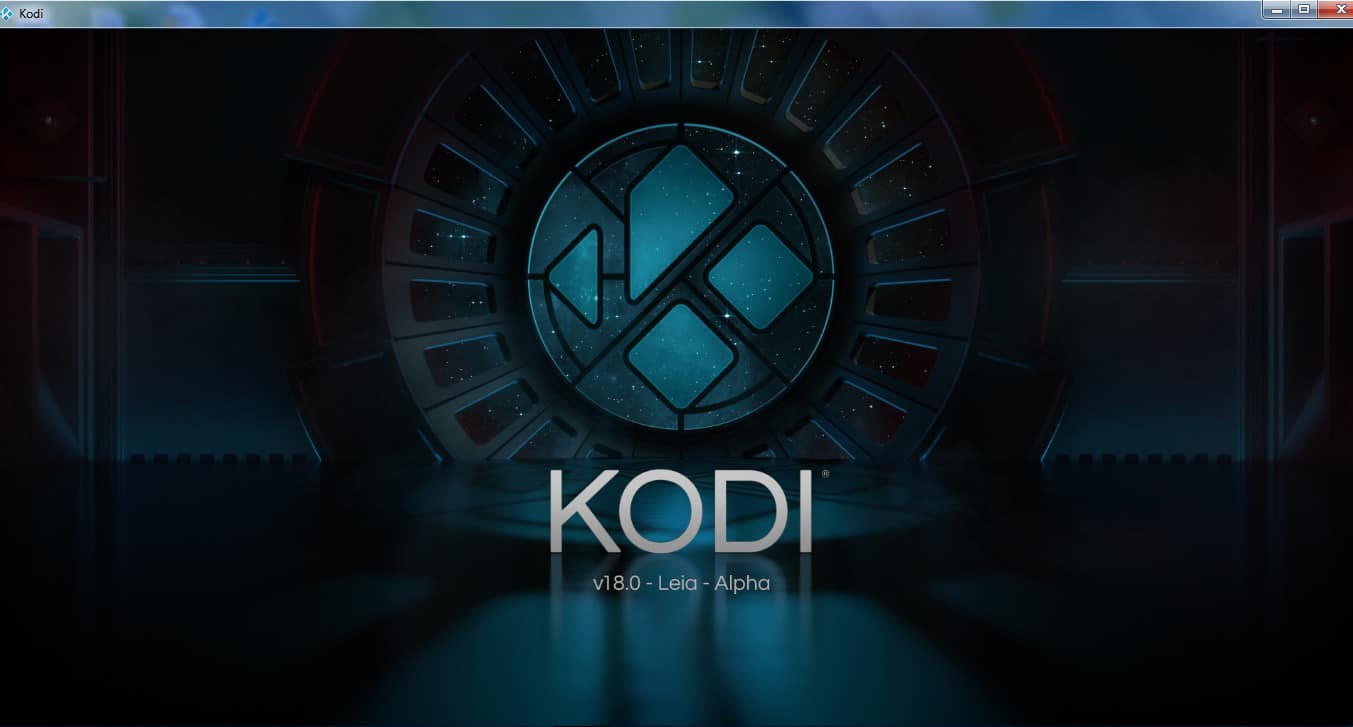

It’s common for Team Kodi to make large changes to their codebase in new versions of the program. However, when you’re upgrading to a new version, such as Kodi 19 Matrix, it’s a good idea to do a fresh installation. Personally, I don’t want to go through all that unless I have to. Even if you’ve done it dozens of times, it takes some time to get Kodi setup and running the way you like it. Normal installations let you keep all of your addons and libraries intact. Usually, it’s a good idea to upgrade in place and do a normal installation.

You don’t have to reset Kodi to start fresh every time you upgrade to a new version, but there are times you might want to. Fresh Install vs Normalĭo you ever feel like you just want to start over? If you’d like to see an idea of just how many small bug fixes there are, take a look at Kodi’s official release history. Because more people can see the code, more people can discover bugs and find solutions for them. Kodi is open source software, which means that its code base is out there for the world to see.

However, the biggest reason to upgrade Kodi is that new releases always include bug fixes. For example, many PVR features were added in Kodi 18.2, rather than wait until version 19 Matrix came out. However, it’s not uncommon for minor releases to include new features as well. New features will often roll out in major releases, 17.0, 18.0, etc. The first reason is that updates often bring new features with them.

There are two big reasons why you should update your software – and Kodi is no exception. No matter what Android device you have, I’ve created a simple, step-by-step guide to updating Kodi on your device – even if you’re not updating to the latest version. I covered updating Kodi on the FireStick and Fire TV is a separate article here. Unfortunately, it’s not as easy as updating other apps on your Android TV or Android Box.Īnd don’t even get me started on Amazon Fire TV. No matter what version of Kodi you use, eventually you’re going to have to update it.


 0 kommentar(er)
0 kommentar(er)
